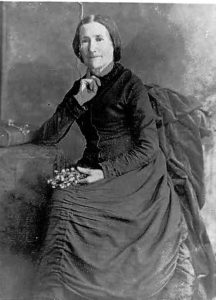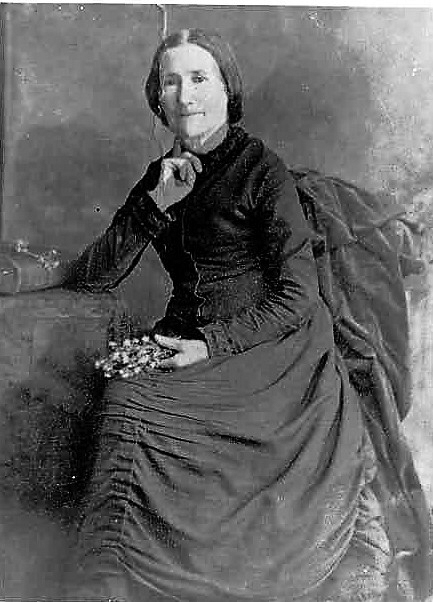Crossing the Barriers of Time by Johan Neill Campbell
Review by Fleur Way-Jones
This self-published book is the result of years of research into the life and times of Dr Peter Campbell, a medical doctor in Bailie’s party of 1820 Settlers. This book forms the first of a trilogy; the subsequent books covering the lives of Dr Campbell’s two sons.
The first chapters of Crossing the Barriers of Time deal with the formation of the parties and regulations on the ships and in Albany, the area of settlement. The book continues with departure on the ship Aurora with Sephton’s party, the arrival of Dr Campbell, his wife Sarah and two daughters, Mary Ann and Sarah Lucy, at Algoa Bay and their brief settlement in the area known as Cuylerville.
Despite the antagonism of the party leader, John Bailie who preferred the free services of the district surgeon to supporting Campbell’s private practice, the family moved to the Salem area where a doctor was needed.
Dr Campbell established his private practice in Grahamstown helping ailing citizens and taking an interest in local affairs – even setting up an Infant School. Campbell’s unsuccessful attempts to get a government position as District Surgeon are discussed.
Against the backdrop of the Eastern frontier, Dr Campbell survived the death of his first wife and the deaths of all but five children. In the chapter “The Dawn of a New Day” the author covers the professional criticisms against Dr Campbell both as a qualified doctor and his sale of patent medicines with copies of documents and notices proving his authenticity.
In contrast, Reverend William Shaw had enough confidence in Dr Campbell’s knowledge and ability to leave his wife, Ann Shaw in his care.

Properties bought and sold form a considerable part of this book. Another Methodist connection was Shaw Hall built as a Chapel in 1832 on land Dr Campbell sold to the Church; further sales to the church followed. Documents concerning land transfers are included.
Crossing the Barriers of Time is an enthralling account of the rather short life of this Settler doctor. Documents and photographs (both historical and recent) and maps add interest to this history. The book is referenced and has an index. As this book provides general background to the period and the history of the 1820 Settler parties, local history enthusiasts as well as Campbell descendants will find it appealing. The paperback A4 edition is 184 pages, well-illustrated and can be ordered from Johan Campbell; email johanneill@vodamail.co.za
- Fleur Way-Jones is Curator Eneritus at the Albany History Museum
f.way-jones@am.org.za



